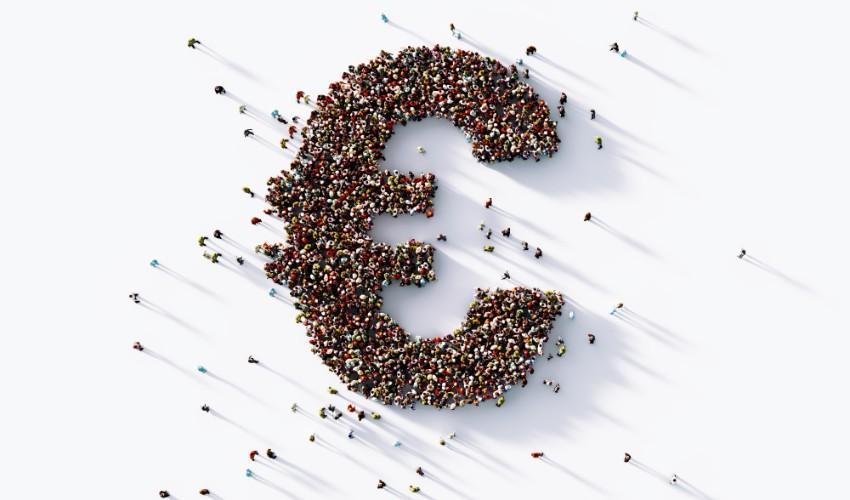
How to Strike the Right Balance Between Health and the Economy
JULIEN SAUVAGNAT AND BASILE GRASSI ARE INVESTIGATING THE EFFECT OF BUSINESS CLOSURES ON GDP, FIRMS' MARKET VALUE AND COVID LETHALITYThe optimal social distancing policy would find the right balance between the benefits of limiting infections and saving lives, and the economic damage from the drop in output. Economic models to measure the impact of social distancing are therefore important policy-making tools. Two faculty members, Julien Sauvagnat in the Department of Finance and Basile Grassi in the Department of Economics, immediately set out to measure the GDP and market impact in two papers for the COVID Crisis Lab.
The first, “Sectoral Effects of Social Distancing” was published in March 2020 with Jean-Noël Barrot from HEC Paris. It estimated the economic consequences of the 6-week lockdown imposed by the French authorities would create an overall drop in the active workforce of 52%, producing a decline of 5.6% in annual GDP. The drop varies from 8.8% to 4.1% depending on the sector. The same measures would cost 6.6% of GDP in Italy, 5.7% in Germany, 5.5% in the United Kingdom and 6.7% in Spain. “The bigger the number of people that could work from home, the smaller the impact on GDP,” explained Sauvagnat. “We found in general that the sectors that suffer the highest decrease in value-added are those upstream, or distant from final demand, like mining and construction.”
In a working paper called “Estimating the Cost and Benefits of Business Closures” published in May 2020, the trio estimated the effects in the United States of business closure decisions on firms' market value, and on infection and death rates. They found that a 10-percentage point increase in the share of restricted labor (or workers in sectors closed by executive order) was associated with a drop of 3 percentage points in April 2020 employment, a 1.87% drop in firms' market value, and 0.15 and 0.011 percentage points drop in Covid-19 infection and death rates, respectively.
An extrapolation of these preliminary findings suggests that State-mandated business closures might have cost $700 billion in publicly-listed firms’ market value, and saved 36,000 lives so far. Their analysis will be refined as more data becomes available on firms’ economic performance and when there is an exhaustive account of Covid-19 related infections and deaths
by Jennifer Clark
